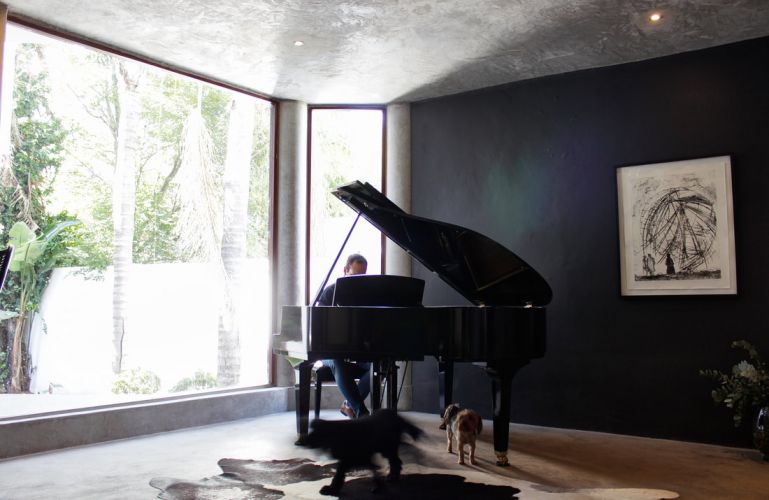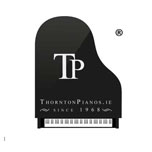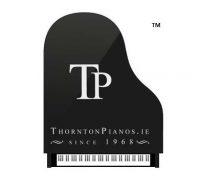Keeping Ireland’s Energy Efficiency Action Plan in mind, we believe our new and current clients should be equipped with the best information possible to ensure their pianos will continue to bring enjoyment long after the piano has been bought.
As Ireland looks to achieve A3 energy rating homes, we are seeing new passive heating systems being retrofitted in homes and underfloor heating in new home builds. This will greatly affect all stringed instruments if the environment is not probably regulated for the instrument, especially period pianos. Most new heating systems allow for temperature control in each individual room.
Your piano is made primarily of wood and metal, versatile materials ideal for piano construction. However, being made of wood, your piano is greatly affected by humidity. Seasonal and even daily changes in humidity cause wood parts to swell and shrink, affecting tuning stability and touch. Extreme swings in your pianos environment can eventually cause wood to crack, pressured glue joints to fail and screws to become lose.
Other materials in your piano are also affected by changes in moisture content in the air. The many felt and leather parts in your piano’s action can change dimension, affecting regulation and friction, or stiffness of the touch. Very high humidity can even create condensation on metal parts such as strings, tuning pins and hardware, eventually causing them to rust.
How does humidity affect my piano?
We are now seeing drier environments as homes become more energy efficient. Alone, this is not a major issue for pianos. Issues can arise within a piano when it’s cold and the homeowner turns up the heating across the entire home. The room in which the piano is located needs to be monitored to avoid damage from these fluctuations. We recommend that you maintain an average temperature of 15C to 18C in the room in which your piano lives.
How will humidity control benefit my piano?
While not eliminating the need for regular piano maintenance, humidity control will allow more stable tunings by reducing the radical pitch changes your piano may experience throughout the seasons. When your piano stays closer to its correct pitch level of A440 (A-440 cycles per second), your technician does not have to perform a large pitch raising or lowering procedure prior to fine tuning. Thus, a balance of forces is maintained between the strings and the frame of the piano, allowing more accurate and stable tuning’s to be completed. This is very important if you wish to use your piano alongside accompanying stringed instruments, such as a guitar.
In addition, a stable environment will help to preserve your piano over the years. Wood parts, glue joints, metal parts and your piano’s finish will all last longer if not subjected to excessive humidity and temperature swings. Maintaining the correct environment will preserve your piano investment for a lifetime of enjoyment.
Keep your piano out of direct sunlight where possible.
Keep your piano away from heat sources and air conditioning vents.
Keep your piano as far as possible from any fireplace or wood-burning stoves.
Always remember – Fire sucks moisture out of the air – and your piano.
How will the sun light affect my piano?
In newer homes, the outside walls can be primarily made of glass. If your piano spends prolonged periods of time in direct sunlight through windows, it will cause the finish to fade.
To summarize:
Ideally, a piano should be kept in a room with a temperature around 13°C( ± 5°) and relative humidity around 50% (±5%). The exact temperature and humidity is not as important as keeping as little fluctuation as possible. To preserve the finish on your piano, we would advise that you keep your piano out of direct sunlight.



